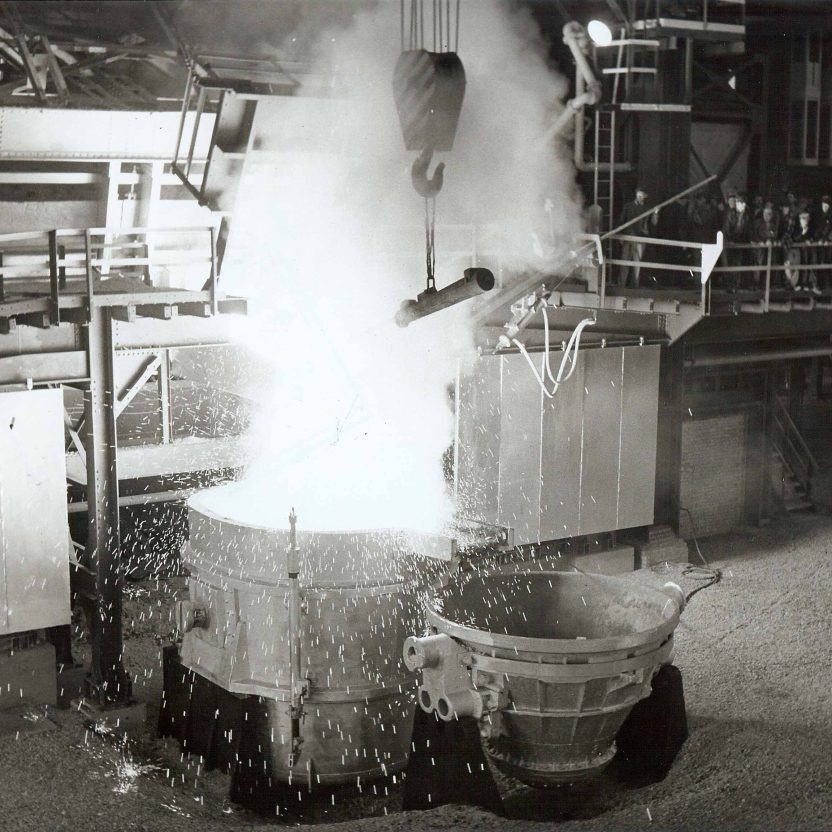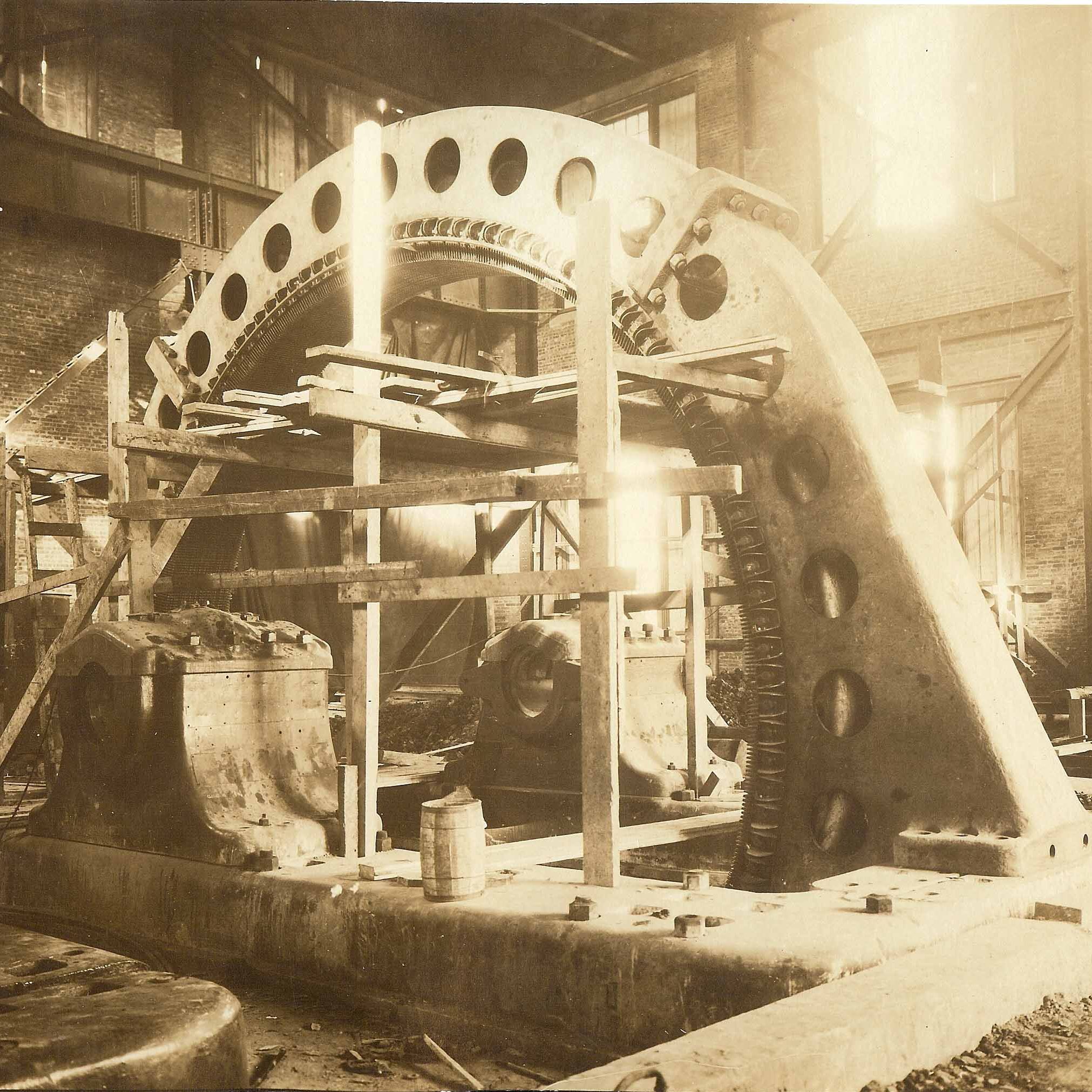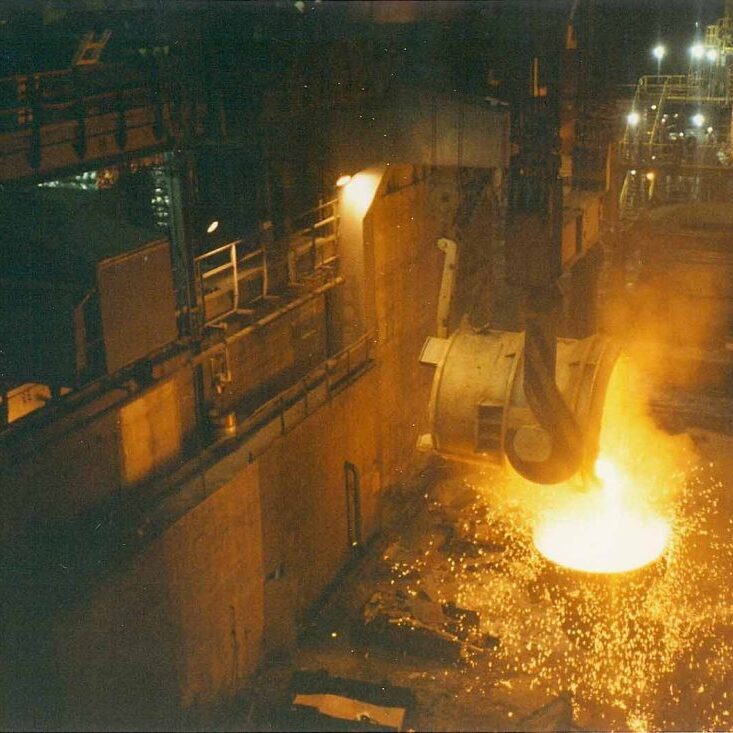Sydney Steel Ships 1946-1964
by Sydney S. Slaven
During World War Two Canada built one of the world’s largest merchant navies. These were the ships that provided the lifeline that insured the survival of Great Britain. The Sydney Steel Plant provided the plate steel that went into the manufacture of these ships. Over 350 large cargo carriers were built at the United Shipyards of Montreal, while a smaller version was constructed at the Pictou Shipyard.
The ships built at Montreal were all named after Canadian National Parks. They were coal-fired steamers that could take advantage of the abundant East Coast coal supply.
Specifications:
- Gross tonnage 7,200 tons
- Length 440 feet
- Width 57 feet
- Depth 27 feet
- Speed 10 – 12 knots
- Coal fired, 3 cylinder, single screw propelled
- Crew of 42 officers and merchant seamen
- 5 hatches or cargo holes
- Capacity of carrying 10,000 tons
At the end of the war the Canadian Government decided it did not want to operate it’s own merchant navy and so these Park Boats were sold. In appreciation of the contribution to the war effort by the Sydney Steel Plant, (DOSCO), three of these ships were sold to them for $1.00 each. These were;
THE ALDER PARK
THE ELK ISLAND PARK
THE GLACIER PARK
They were renamed; THE ARTHUR CROSS – after the company president
THE WABANA – after the NFLD. Mines
THE LOUISBURG – after the company owned loading piers at Louisbourg (1)
These ships sailed under the Dosco flag from 1946 to 1964. Their five hatches, or cargo holes made them compatible to the five unloading towers at the Sydney Works high pier. Some modifications were made. The between decks sections were removed and the holes were hoppered at an angle towards the middle of the hole in order to unload quickly.
These ships sailed approx. 3,375,000 miles from 1946 to 1964. They transported approx. 31,500,000 tons of ore from Bell Island, NFLD., to Sydney, and another 6,000,000 tons of limestone from Port Au Port ,Nfld. They also carried other cargoes from other ports when the Sydney shipping season was over. (2)
By 1964 these ships had outlived their usefulness. They were sold to a company from the Philippians. Carrying loads of coal and an inexperienced crew, they set sail for Asia. One sunk on the way and the other two went to the bottom the next year during the typhoon season.
ENDNOTES:
- The Dominion Steel and Coal Company had two wharfs at Louisbourg Harbour used when Sydney Harbour was frozen over. Note the difference in spelling between the town and ship.
- In 1946 the shipping season at Sydney ended when the harbour froze over. (There was no ice breaking service at this time)


